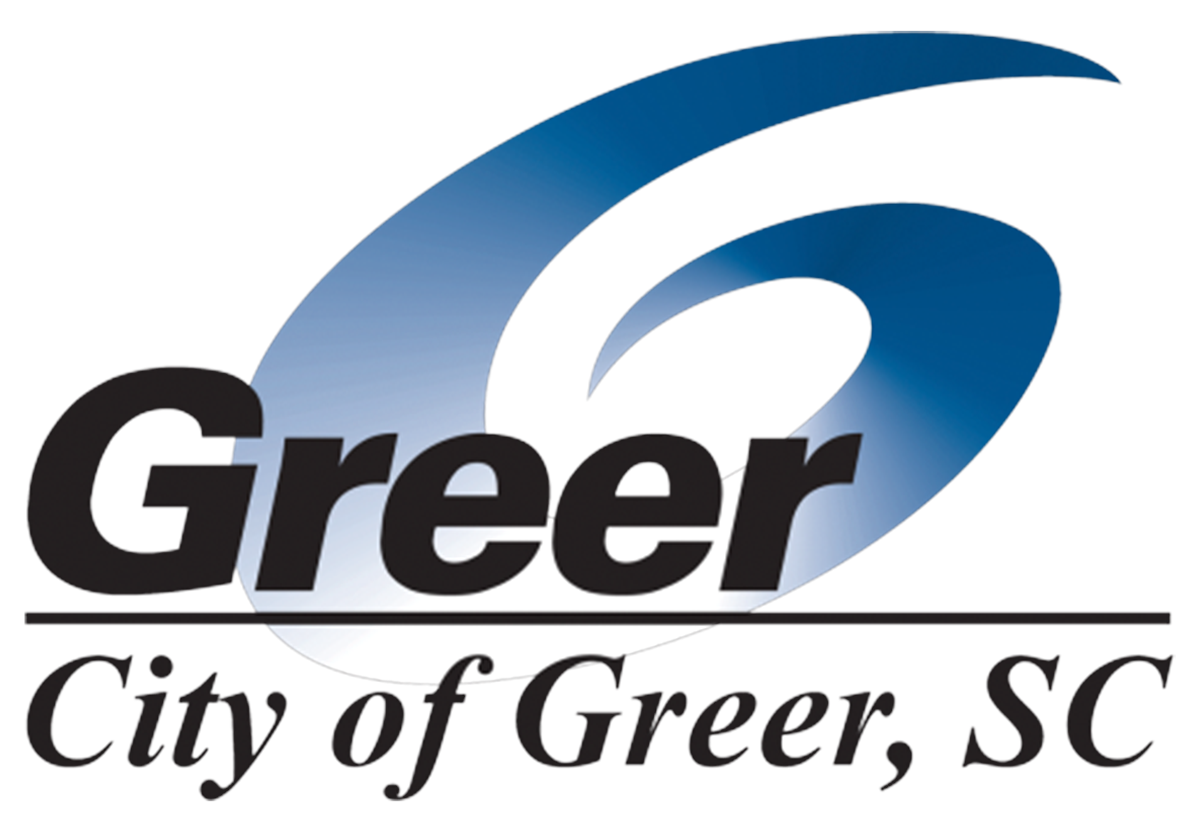City Stadium
Directions & Contact
City Stadium
601 West Arlington Ave.
Greer, SC 29650
Contact
Email Cory Holtzclaw
864-416-0105

Formerly the Greer High School stadium, this facility is now home to the City of Greer's youth football, cheerleading, and soccer programs. With seating for 3,000 spectators, the venue has hosted a professional soccer team, political debates, and concerts.
Local historian Joada Hiatt wrote the following history of the facility and the land on which it sits:
In the early 1800s, long before Greer was imagined, large farms that were early land grants for Revolutionary War service spread out over the eastern part of Greenville County near the Indian Boundary Line, now the Greenville-Spartanburg County line. The Morrow Family farm, which began north of present-day West Poinsett Street and extended well past Highway 29, had several natural springs -- reported to number as many as 17. Passers-by stopped at the largest, called "Morrow Spring," to imbibe the cool, clear water.
Some hundred years later, R.D. Dobson owned the acres near the National Highway (known as West Poinsett today) and subdivided it into lots for a subdivision called "Morrow Park." Wanting to provide recreation, the City of Greer planned parks on each side of town. The effects of the Depression, which began in 1929 with the Stock Market Crash, presented a financial challenge for smaller towns such as Greer. New Deal programs came to the rescue.
In 1933, Greer received funds from the Reconstruction Finance Corporation (RFC) and labor from the Works Progress Administration (WPA) to build Springwood Park. Mulberry trees shaded the grounds, and the old Morrow Spring filled a goldfish pond in a lovely park. Mr. Herman Few, who was born in a house on Morrow Street, well remembers the neighborhood boys fishing in the pond.
"The city couldn't keep fish in that pond," he laughs. "Then one day, the men came and started digging. Before long, we had a swimming pool and no more goldfish."
The workers constructed an earthen dam along the present street in front of the city stadium. The springs filled the pool for swimming on hot, southern days, but that was to last only a few years before the school district began its site search for a high school football stadium. Springwood Park had enough land and was near the Davenport High School on West Church Street.
The City of Greer sold the land in Springwood Park for a nominal dollar with the provision that if it ceased to be used for a high school stadium, ownership would revert to the city. Henry S. Brockman surveyed the land and Mayor H.J. Lanford and L.L. White, City Clerk, signed the papers to transfer the land to the Greer School District.
The Civil Conservation Corps (CCC) prepared the site, attempting to pipe multiple springs. In April 1938, the WPA agreed to provide labor and work on the stadium began soon after. The stadium was built at a cost of $35,000, which was a large sum for that time considering that the library, built the same year, cost only $10,000.
On October 21, 1938 the new stadium was dedicated at the Greer-Seneca game where a crowd of 2,000 watched Seneca beat Greer 16-14. At halftime, Burnett Maybank, Mayor of Charleston and later Governor of South Carolina, spoke. Dan Riggs coached the Greer High School team.
The stadium proved to be a popular arena, not only for football, but for horse shows that were held there regularly. Donkey football was also a popular entertainment of the 1950s.
After many years of service, the stadium was retired for a new one on Chandler Road behind Greer Middle School (now Chandler Road Elementary School). In the fall of 1986 the last three high school games were played there before a mid-season move to the new facility.
Yet, there was still life in the old WPA-built stadium. In 1997 the City of Greer did renovations and offered the facility to the Shamrocks, a professional soccer team. A semi-professional football team called the Seminoles also used it a couple of years.
Many youth football, soccer, and lacrosse teams have played on the field little knowing that it had once been another generation's swimming hole. If the walls could speak today, there would be many stories.
